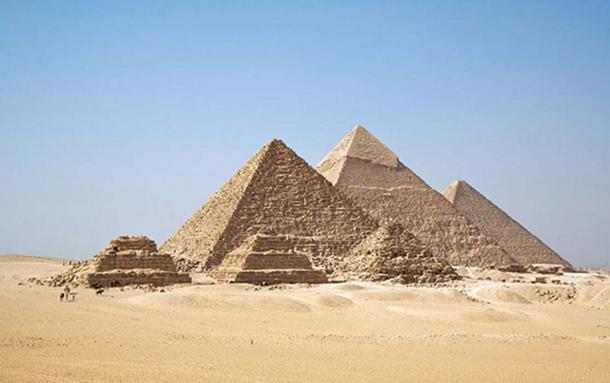Clik here to view.

The Great Pyramid of Khufu at Giza near Cairo in Egypt is the last of the surviving Seven Wonders of the World. For more than forty centuries until the 19th century, it was the tallest and the most massive structure ever built by humans. Within itself, it enshrines disciplines of mathematics, trigonometry, engineering and geography. It is also one of the most complex pyramids ever built, with its system of passages, gallery and chambers, which makes it quite unique with respect to the other pyramids in Egypt and elsewhere.
The Great Pyramid has air-shafts or just shafts that lead outwards from both the Queen’s and the King’s chamber. The purpose of these shafts is not very well known. Some experts have theorized that these channels served as passages to let the air flow inside the chambers and keep them ventilated while others have suggested that these shafts merely served as passages for the “Ka” (spirit) of the deceased King to travel to the circumpolar stars, which practically never set, hence immortal.
Image may be NSFW.
Clik here to view.
All Giza Pyramids in one shot. (CC BY-SA 2.0)
So what were these shafts intended for? Why were these incorporated in the design of the pyramid? There are several questions such as these and many more. In this article, we will delve into the subject of these so-called “air-shafts”, go through their history, design and purpose.
